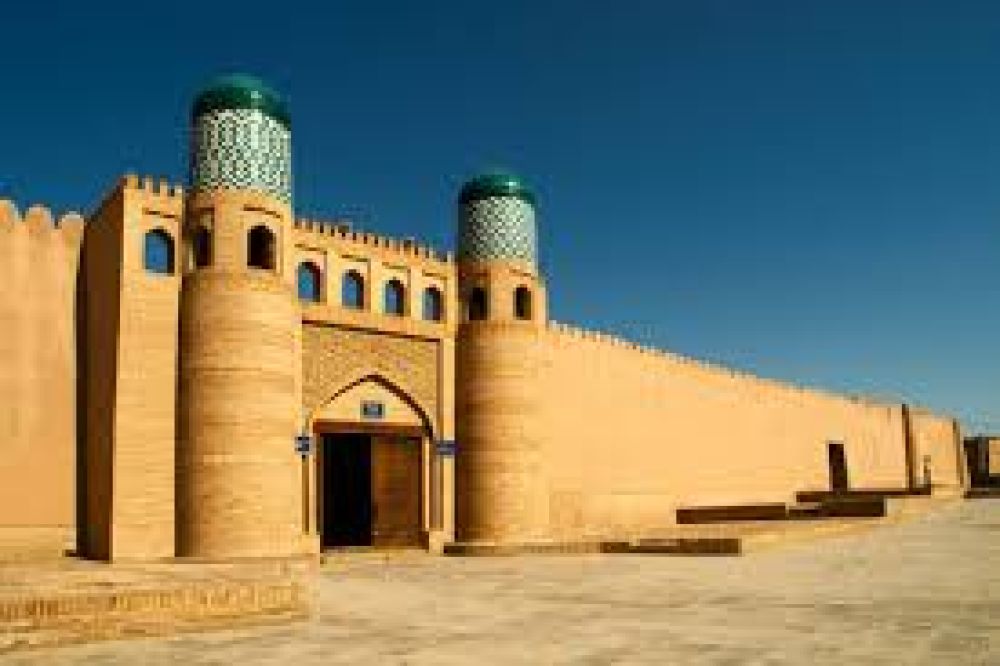

The KunyaArk Citadel in Khiva is a remarkable historical site that once served as the inner fortress of the Ichan-Kala and the residence of the ruling Khan. The culinary history of this region reflects a blend of various cultures, including Persian, Turkic, and nomadic influences. Khiva's strategic location along the Silk Road significantly contributed to the diversity of its cuisine, as merchants and travelers brought different ingredients and culinary techniques to the area.
The food in Khiva, like the rest of Uzbekistan, has evolved over time to reflect the harsh desert climate and the historically nomadic lifestyle of the people. Meats traditionally cooked in this region exclude pork due to Islamic dietary laws but incorporate a variety of other meats, including lamb, chicken, and fish from the Amu Darya river. However, there are a variety of vegetarian options as well, flavored with regional spices and herbs.
A staple Uzbek dish consisting of rice, carrots, onions, and meat (usually lamb or chicken), seasoned with a unique blend of spices. Vegetarian versions may also be available.
These are steamed dumplings filled with minced meat (often lamb) and vegetables such as pumpkin or potato, and served with a dollop of sour cream or yogurt.
A hearty soup made with large chunks of lamb and assorted vegetables, this dish is flavorful and often eaten with bread.
Hand-pulled noodles served in a rich, spicy broth with vegetables and meat, typically beef or lamb.
Oven-baked pastry filled with minced meat (lamb or chicken) and spices. Vegetarian versions with pumpkin or potato fillings are also popular.
Grape leaves stuffed with a spiced mixture of minced meat (commonly lamb) and rice.
Egg dumplings served in a light broth, a rare vegetarian traditional dish.
Small dumplings served in soup or fried and similar to manti but smaller in size and typically filled with minced meat.
The traditional bread of Uzbekistan, baked in clay ovens and enjoyed with most meals.
A crystallized sugar candy made from concentrated grape juice, commonly enjoyed as a tea sweetener or a snack.
Note: Due to the historically nomadic and Islamic cultural context of the region, vegetarian options may be limited, but restaurants are increasingly offering vegetarian and vegan dishes for tourists.